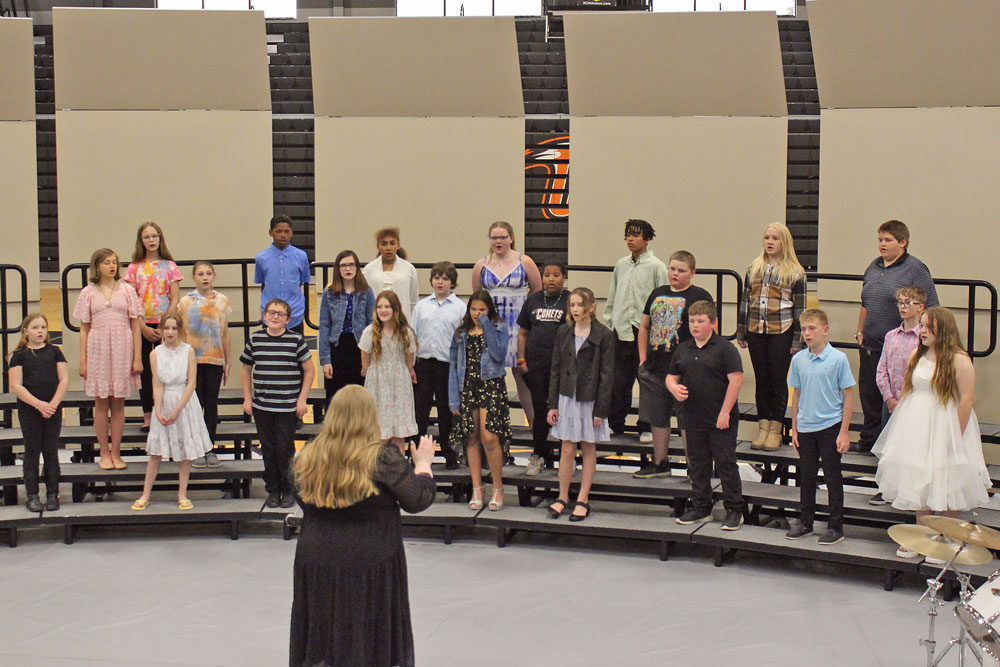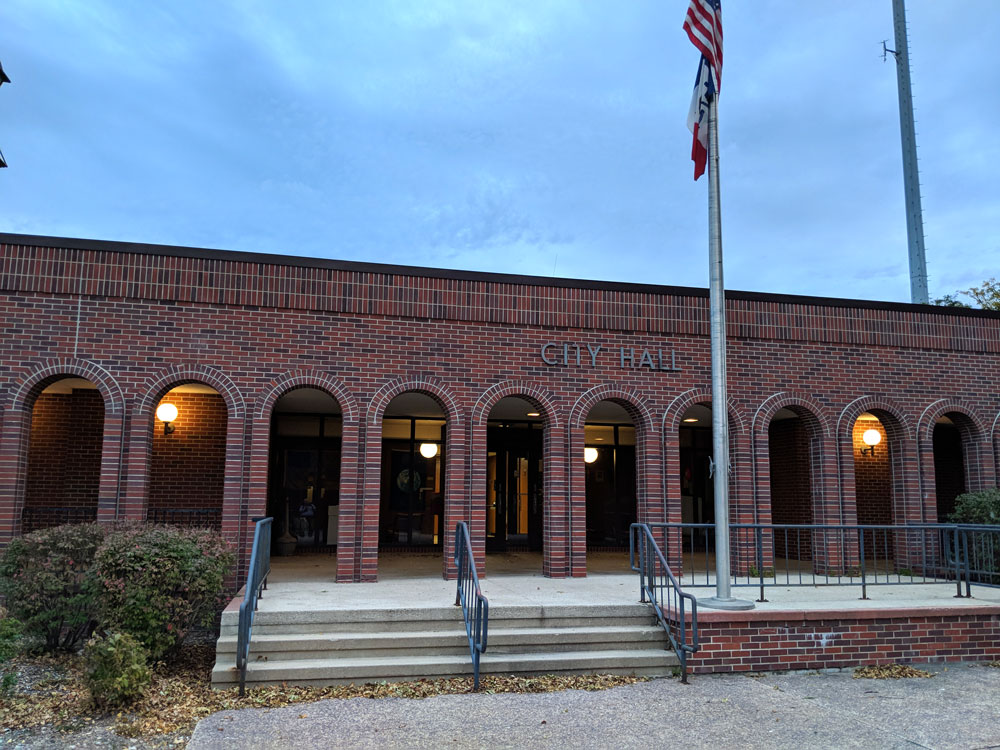Farmers hoping faucet will be turned off soon
ISU Extension agronomist says he believes area growers can still bring in a ‘decent crop’ despite a rainy month
By Bob Fenske and Bob Steenson, Nashua Reporter and Charles City Press
Area farmers were praying for a little rain a month ago; today, they’d love Mother Nature to turn off the spigot.
“It could stop anytime,” said ISU Extension Agronomist Terry Basol, who is based in Nashua. “We have quite a few soybean fields that are coming around — we’ve even had a few taken out already — and now we need it to dry out so our guys can go to work.”
Unfortunately, this week wasn’t helping.
Heavy rains fell throughout the area this week, with Charles City receiving more than 3 inches Sunday through Thursday.
The weekly crop report by the U.S. Department of Agriculture shows the northcentral part of the state that includes Floyd County well behind other parts of the state in corn maturity.
As of Sept. 29, only 16% of the corn crop was listed as mature. The state average was 36% mature. Both are well behind the five-year average this time of year of 74% mature.
In soybeans, however, the northcentral section is leading the state, with 98% of beans coloring and 72% dropping leaves, compared with the statewide average of 83% and 49%.
The northcentral region is behind every other part of the state in corn maturity, and ahead of every other part of the state in soybean maturity, according to the USDA report.
Basol said area farmers still have a good chance of “a decent crop.”
“It’s probably not a record, bin-buster harvest, but considering all the things the guys have gone through this year, it still can be decent if we can get to it,” he said.
He said the rain that fell in September was needed and growers also appreciated the heat that came later in the month.
“It certainly pushed development and helped with maturity,” Basol said. “We just need it to stop raining.”
The other positive Mother Nature has delivered to Iowa farmers is the fact that the area hasn’t experienced anything close to a killing frost. The Nashua reporting station for the National Weather Service didn’t see a single low temperature in the 30s during the month, and the lowest low for Charles City was only 47, on Sept. 26.
The good news is that there are no killing frosts on the horizon.
“That’s good, because I think our corn could use another couple of weeks,” Basol said. “I think one of the things we get nervous about is, ‘can we get out there?’ We’ve had some wet falls lately so it’s heightened a bit, but as long as we don’t have a really rainy month, I think we’ll be OK.”
The overall growing season has been about normal for rainfall, with Charles City receiving a total of 26.0 inches of rain in April through September this year. That compared with an average “normal” of almost 28 inches.
In any case, this year has been far closer to normal than last year, when huge rainfalls in June, August and September sent the 2018 April-to-September total to more than 47 inches, according to the National Weather Service.
The latest USDA crop report showed 65% of the state’s corn crop condition as good to excellent, with 26% fair and 9% poor or very poor.
With soybeans, 63% of the Iowa crop was listed as good to excellent, with 28% fair and 15% poor to very poor.










Social Share